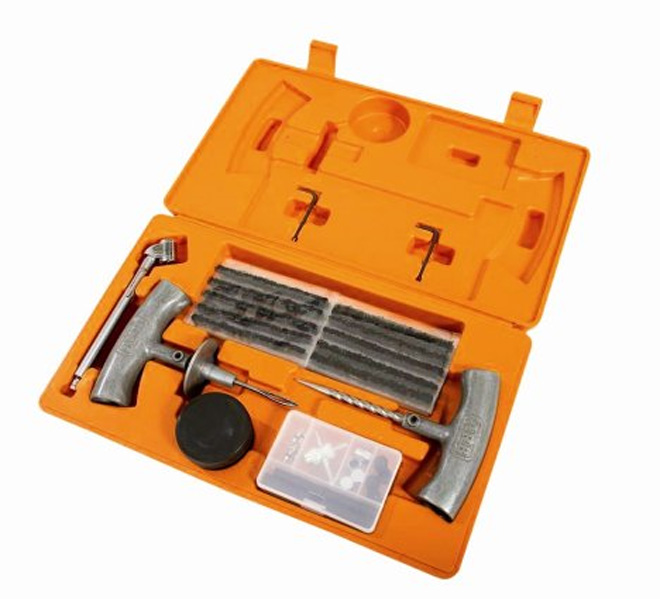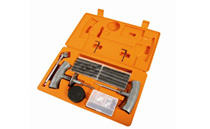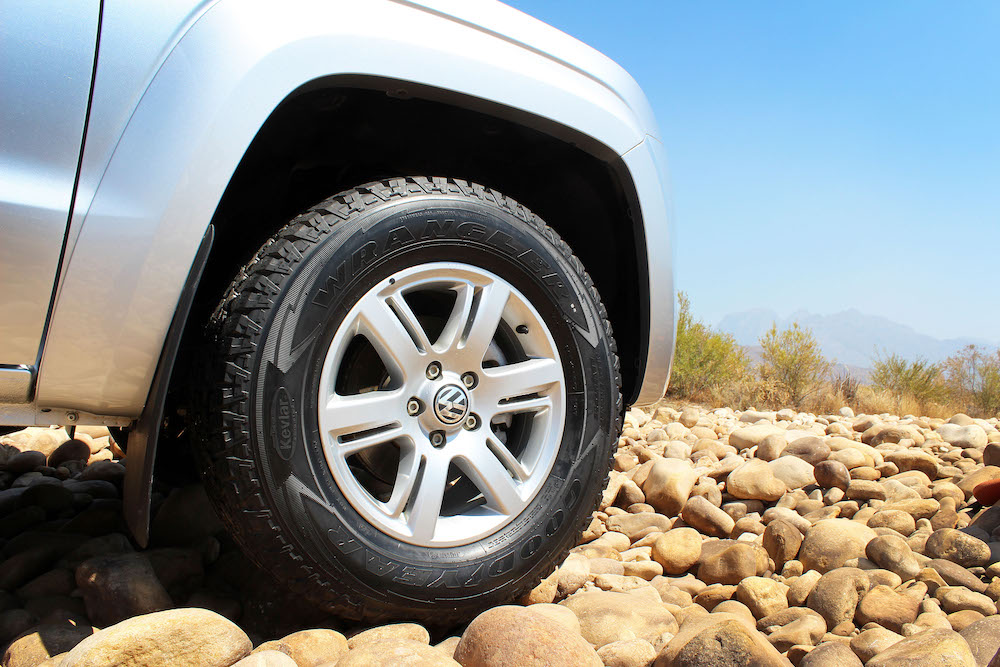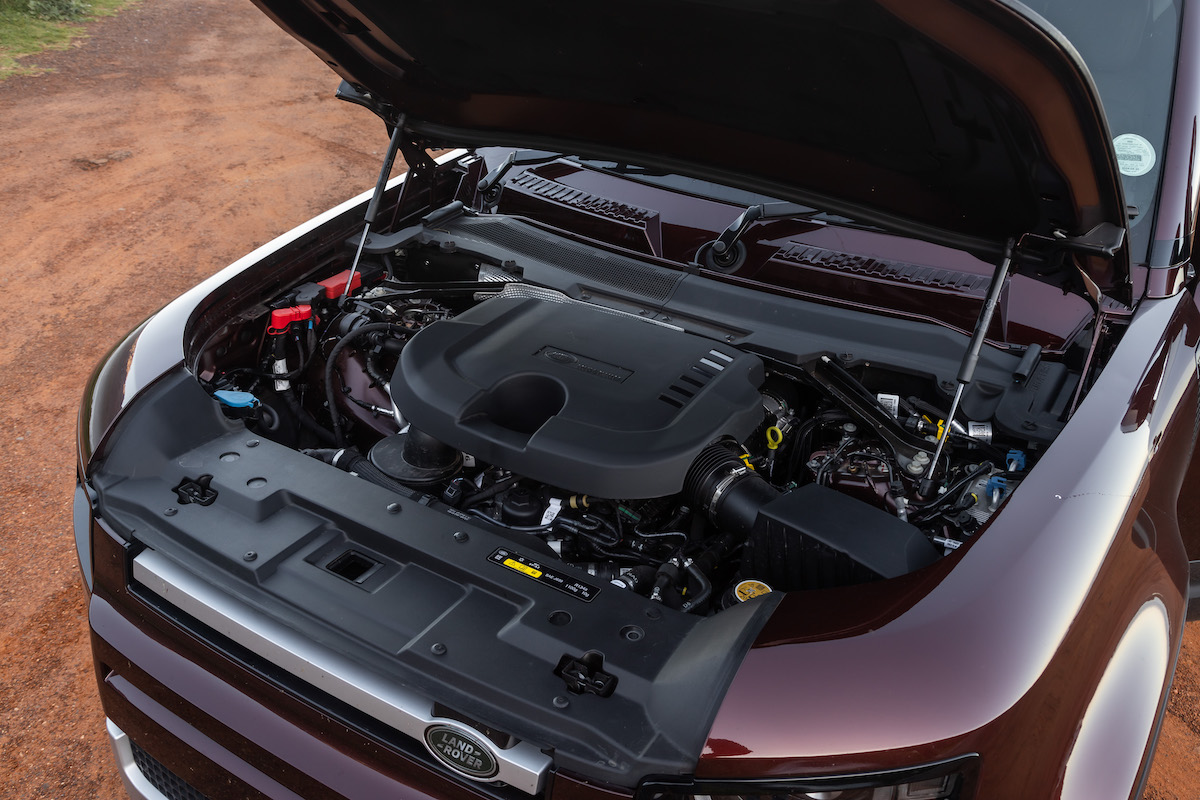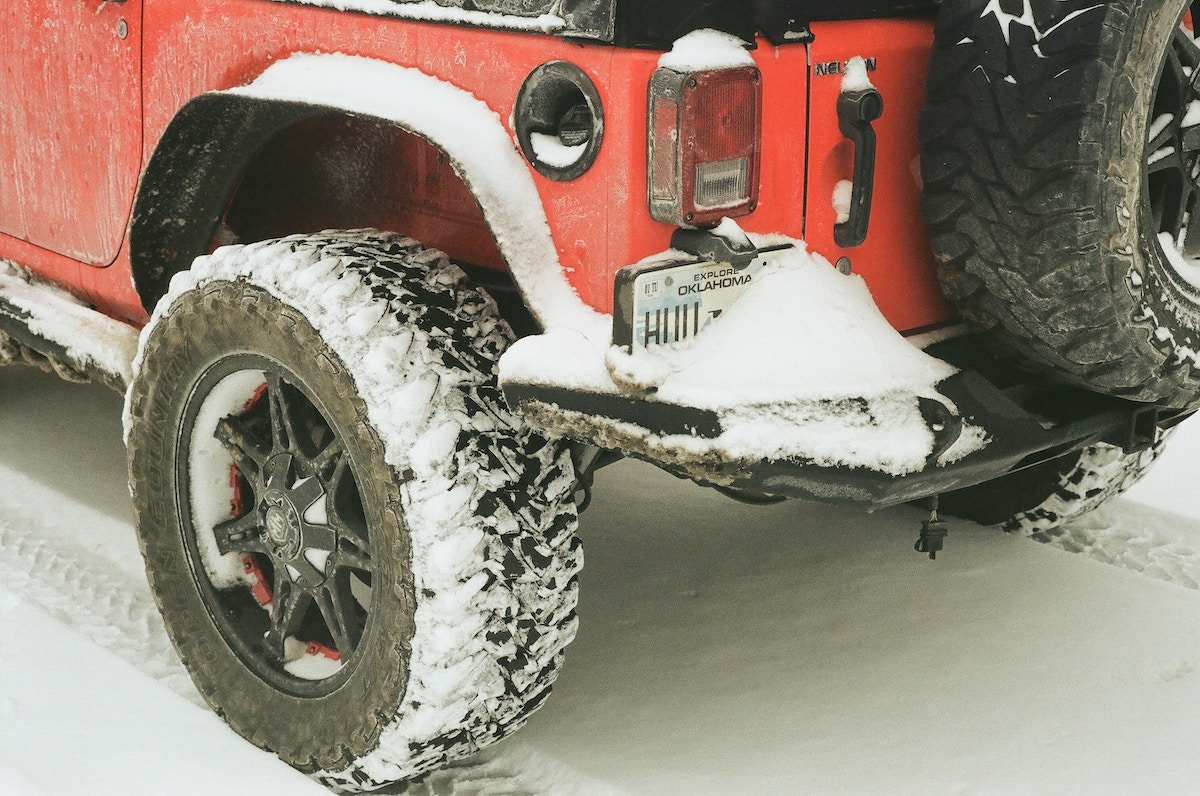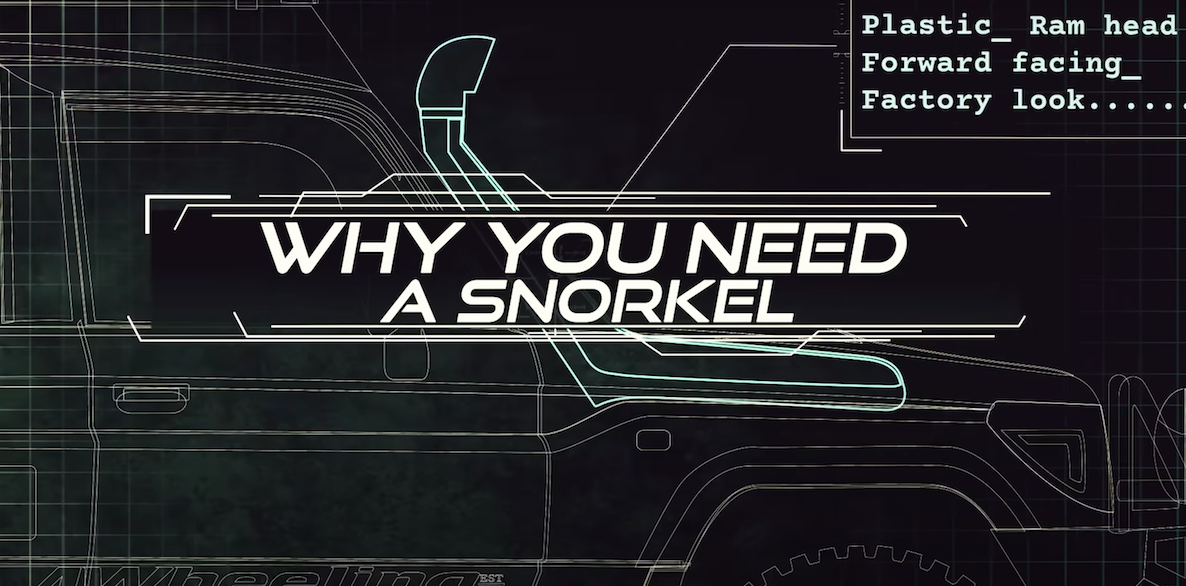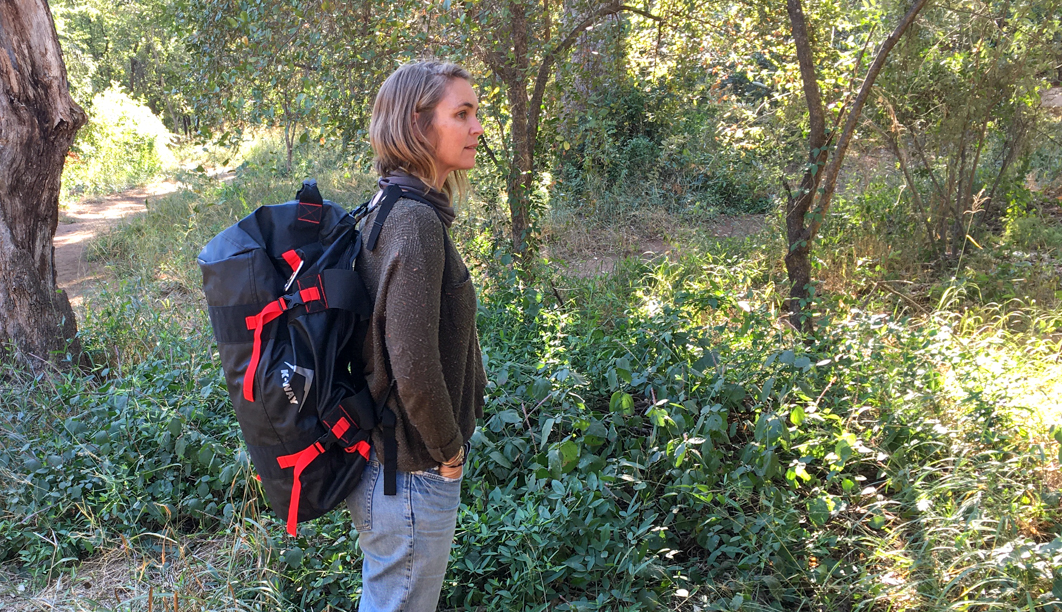So you have finally bought your first 4X4. You have weathered the storm of the critics, and the good news is that people who own rival vehicles have finally stopped throwing stones at you. You have also almost stopped receiving emails sent from your “friends” mocking your choice of vehicle; things like: “What do you call an “X” at the top of a hill? A miracle.”
You are feeling good and are just dying to use that little gear thingy next to the big gear thingy. In fact, in Sandton City the other day you almost had an excuse to use it – you could have mounted a pavement and passed the person blocking the narrow lanes in the parking lot because they could not find their parking ticket. The only thing that stopped you was that your girlfriend had slung her handbag strap over the little gear thingy which stopped you being able to shift into “4 Low”.
The period of frenetic activity that ensued when you tried to untangle the strap from the little gear thingy, and the shouts between you and your girlfriend, frightened passing pedestrians who thought the car was on fire. To make things worse, while you were fighting with the strap, the car in front moved through the booms, making it look like you were the one holding everything up.
Your girlfriend is not speaking to you, and you only swore once.
Anyway, we digress. You have now bought your 4X4 and you feel that acquiring certain accessories will contribute to your enjoyment of trips to far-flung locations in the future. Let’s be honest: Although we don’t need a lot of the things we see in shops, a small part of us loves looking at the equipment, and a bigger part of us loves buying it.
If you are like me, you will find that there is remarkably little cash available after buying the car. This means that there is also remarkably little cash available to spend on heaps of gear. But, when you were at a robot the other day, the Land Rover that stopped next to you looked phenomenal. “Yes,” you say, trying to convince your girlfriend, “we really do need a jack that size!” You point seriously at the hi-lift jack strapped to the roof rack of the Land Rover, trying to sculpt your face into that considered expression that should demand respect. “Why?” your girlfriend says (she never really understands these things). “Because,” you say, “if we get stuck in the Okavango, that is the only thing that is going to get us out!” “But we never go to the Okavango!” she says.
She is still not speaking to you, and you only swore twice.
So the question is, when you have bought your car and finances are thin, what gear should you buy? What accessories are “nice-to-haves” and what are necessities?
So here, in no particular order, are the 10 things that I feel can deliver great benefits without breaking the bank:
A first aid kit: It offers many obvious benefits, but nothing will make you look more like a hero than being able to provide someone suffering from a bad stomach with anti-diarrheal medicine.
A tyre pressure gauge: Correctly adjusting your tyre pressures for various driving situations contributes greatly to safety, ride comfort and longer lasting tyres. They also offer accuracy that most petrol station gauges just can’t compete with, especially when the gauges in most petrol stations are 10 years old and look like they have been dragged through 500 kilometres of bush backwards.
A tyre repair kit: These are quite cheap and can save your life. The secret here is to know how to use one effectively. Standing in the middle of the Kalahari, looking quizzically at a tyre repair plug while lions are gathering in a small pride 50 metres away, is not an ideal way to spend a weekend.
A fire extinguisher: Very cheap and vitally important. Don’t forget to store it in an easily accessible location. Don’t bury it under the 300 kilograms of equipment that you may be carrying. The resulting chaos may be amusing to other travellers, but you certainly won’t find it funny.
A recovery kit: Your car is not going to pull itself out of mud when it’s buried up to its axles. Remember, there are affordable recovery kits and then there are expensive recovery kits. You will have to research which is best for you.
Some basic tools: If you are like me, the chances of fixing your own car in the bush, should it break down, are relatively slim. I have aimed to have certain tools that someone else would be able to use to help me. You don’t want a relatively proficient mechanic standing in stunned silence, looking at your claw hammer and extra large monkey wrench with a frown on their faces. Duct tape, fuses, some wire, cable ties and a good torch all form part of “basic tools”.
A vehicle jack: I used to lift my car up by myself and it damaged my spine. Well, that’s what I like to tell the girls. But, you should ensure you have a jack that you know how to use. I am not going to go into hi-lift jacks or air jacks at this time.
A GPS. I know it’s not that cheap, but it offers almost as many brilliant benefits as a dishwasher and will help to reduce in-car fights by about 55%. While I thought that it could potentially be another piece of technology to frustrate me, my GPS has proved to be reliable and incredibly beneficial.
Seat covers: These can be really expensive or very cheap. I bought a cheap product and they do very well in protecting the leather car seats and reducing the amount that you sweat. They are also useful for storing things like bribe money (apologies – I really am joking) if they have pockets and flaps built into them.
A black mat for the boot: If you like looking after your vehicle, a thick black mat that can fit in the boot is very beneficial. If you are using your 4X4 correctly, you should be constantly loading things into and out of the boot. The mat will reduce scratches and also prevent the boot contents from sliding around too much due to its rubber surface. It’s cheap and pretty useful but don’t be surprised if your friend’s eyes roll back into their heads and they start drooling if you try to tell them about it. It really is boring.
Buying 4X4 gear is an expensive hobby. Gear should be based on necessity not on mere whim. If you have the financial means to buy things on a whim, go right ahead, but for the rest of us, we need to seriously consider what we buy and when we buy it. A surprising amount can be accomplished on an off-road trip without the need for the majority of the gear that you see and hear about. It is often a question about comfort and safety. The secret is to go on a relatively easy trip first and see what you are lacking or what really bugged you about your current equipment. Then start prioritising the new gear, and finally make the purchases.
